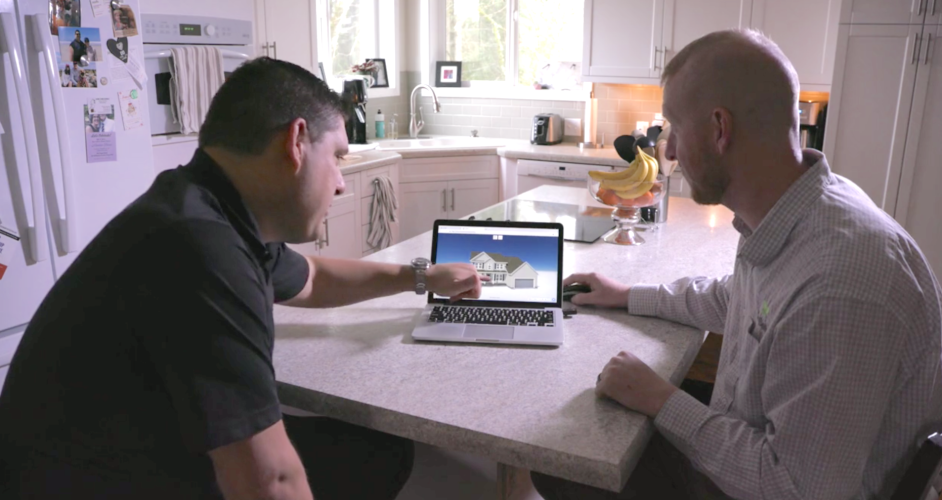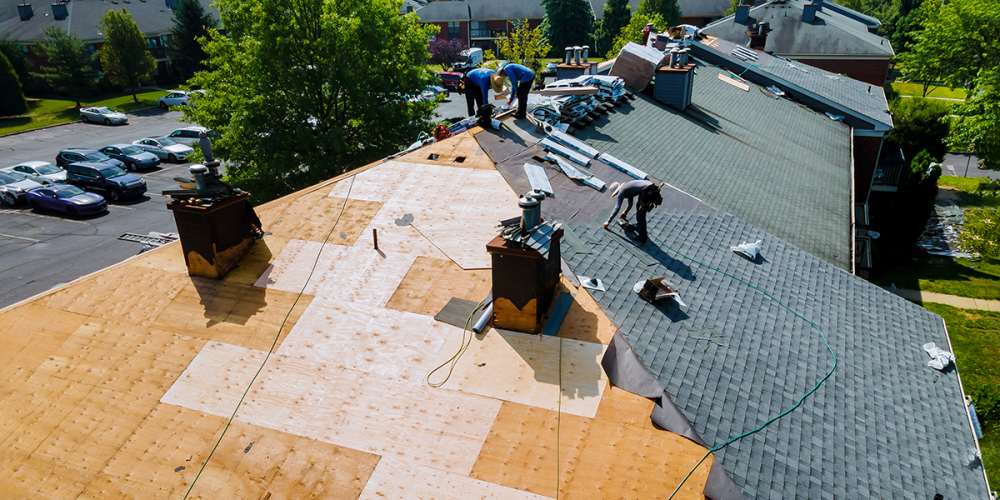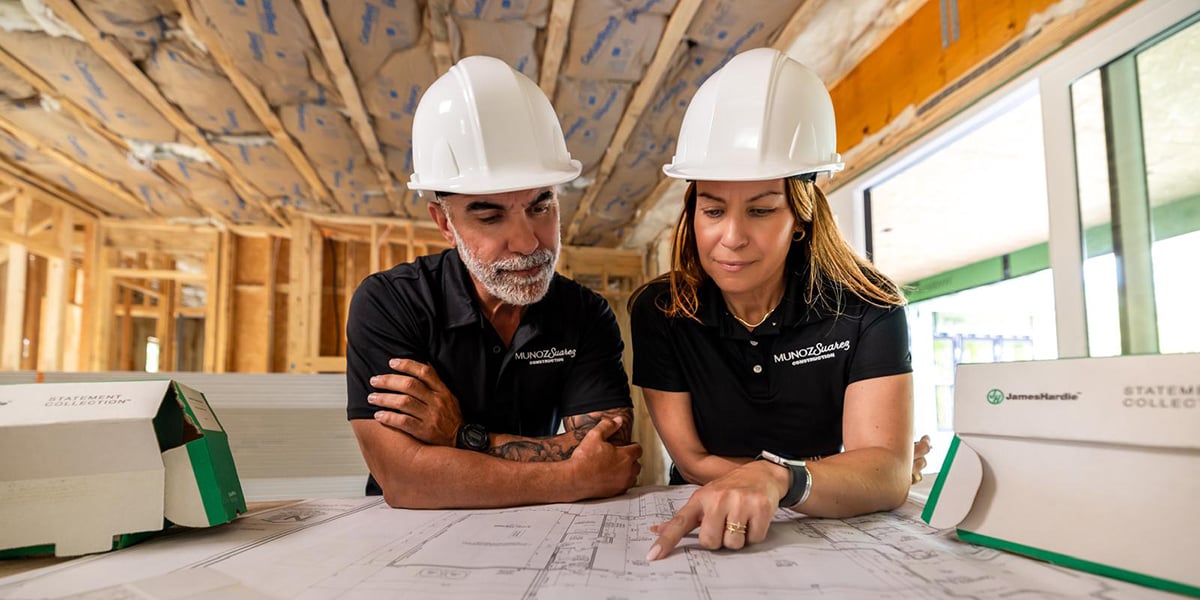If you’re planning a major home improvement project, it pays to be prepared. Whether you’re replacing the roof or investing in new siding, doors, or windows, we recommend planning ahead to avoid headaches later.
Here’s what to do before you begin an exterior home improvement project:
#1. Decide how much (and how) you want to pay.
Home improvements can be costly and prices tend to vary wildly. It may be difficult to plan for exact costs without inviting a few contractors over to provide estimates first. However, there are things you can think about ahead of time, like how much you can comfortably spend and how you want to spend it.
First, how much can you afford to pay for home improvements? Do you have enough saved up to fund the project up front, or is monthly financing a more attractive option? While some contractors will expect a lump sum payment, others offer installment plans and financing options that can make major projects more affordable.
If you do prefer financing, how much could you realistically afford to pay per month? Ask potential contractors whether they offer financing or payment plans. Many don’t, so if that’s important to you, narrow your choices down to those who do.
#2. Choose a contractor who understands your needs.
Choosing the right contractor can be overwhelming, and if you’re not happy with the results of their work, you can’t just “return” them. You may have to pay for repairs or worse, hire another contractor to re-do everything.
To be sure you’re making the best decision possible, read their customer reviews and ask to see examples of work they’ve done in the past. You can also ask for a 3D model of what your home will look like after the renovation is complete, so you can be sure that you and the contractor are on the same page.
With HOVER’s interactive 3D technology, your contractor can show you exactly what the end result of your project will be. You can even use HOVER’s design features to quickly plan out the home of your dreams, from paint colors to siding styles! Check to see whether the contractors you’re considering offer this service, and if not, ask for it.
#3. Pick the right time of year for your project.
You can probably guess that blizzard conditions aren’t the best for home improvements. But there are less obvious seasonal fluctuations you should consider in your planning.
For example, you should schedule roof repairs for when temperatures rise above 45℉, but not during the most humid summer months. Dry, moderate seasons are best, so spring and fall are good choices. The same goes for projects involving windows or siding. The best time to replace these is when temperatures warm up, since cold air can introduce moisture problems like rot.
Finally, if you know you’ll have to replace your windows or doors soon, do so before wintertime. Because new ones tend to be more energy efficient, they can add up to significant savings on your heating bills. Older front doors are notoriously drafty and can let a lot of heat escape, so take care of these before they’re a problem.



